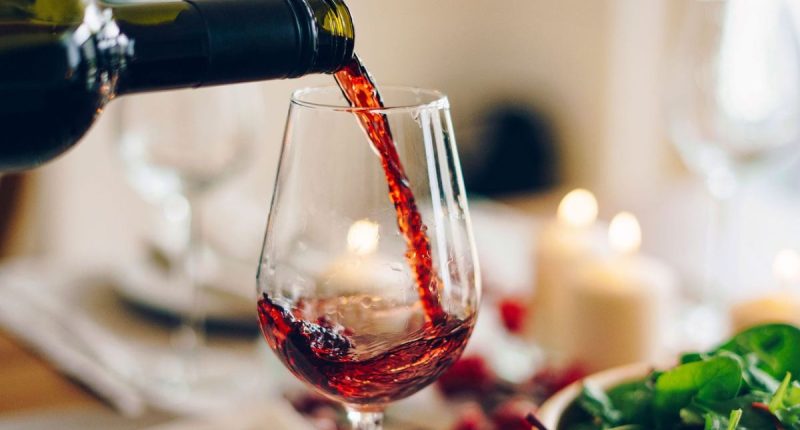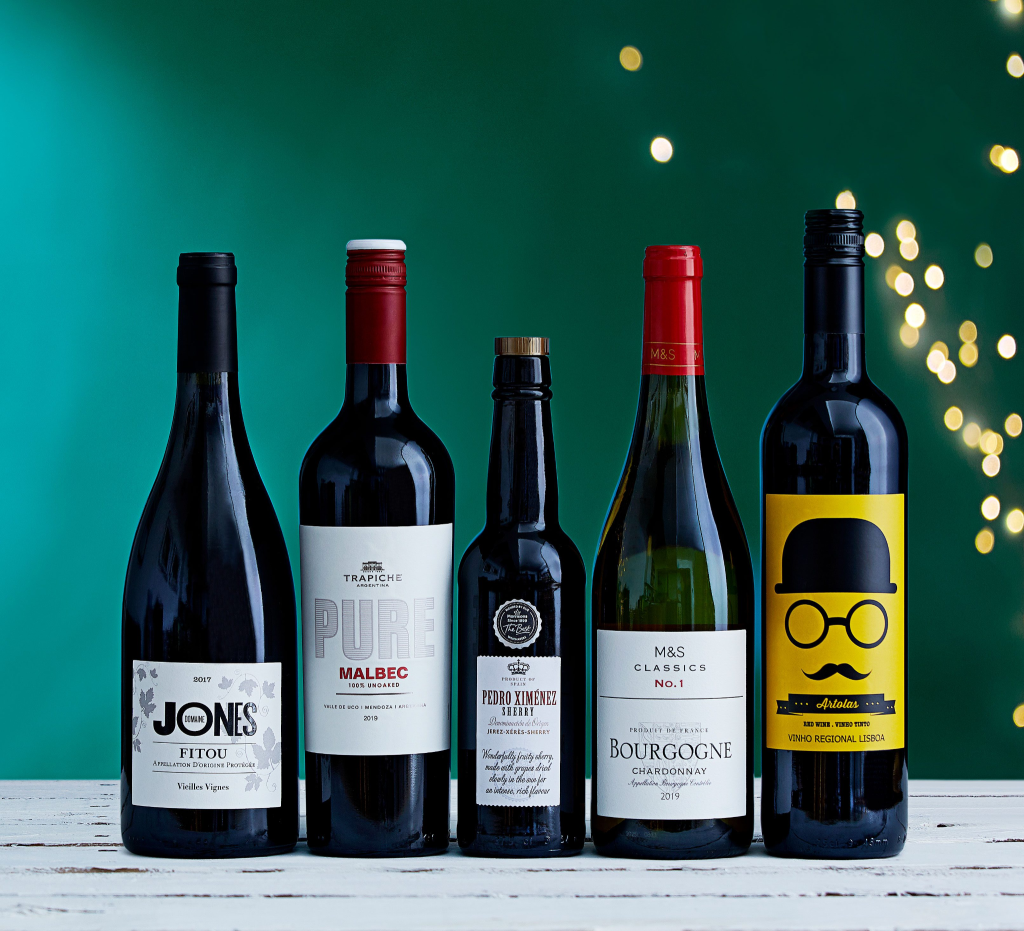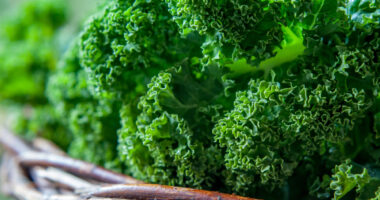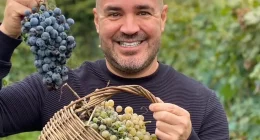Let’s get to talk about Wine Tasting And Artisanal Craftsmanship. Are you a wine enthusiast who appreciates the artistry and dedication behind every bottle of handcrafted wine? If so, then this article is for you. In the world of winemaking, there is a unique blend of science and craftsmanship that goes into creating a truly exceptional wine. From carefully selecting the perfect grapes to mastering the fermentation process, every step is meticulously executed by skilled artisans who are passionate about their craft.
When it comes to handcrafted wine production, one of the key factors that sets it apart from mass-produced wines is the importance placed on grape selection. Artisanal winemakers understand that the quality and characteristics of the grapes directly impact the flavor and complexity of their wines. They take great care in choosing specific grape varieties that thrive in their particular region’s climate and soil conditions. This attention to detail ensures that only the finest grapes are used in crafting each bottle, resulting in a more nuanced and distinctive wine experience. So sit back, pour yourself a glass of your favorite handcrafted wine, and prepare to embark on a journey through the fascinating world of artisanal winemaking.
The Importance of Grape Selection
Let’s talk about the importance of grape selection and how it impacts the quality of handcrafted wines. When it comes to producing high-quality wines, one cannot underestimate the significance of selecting the right grapes. The type and quality of grapes used in winemaking play a crucial role in determining the final product’s taste, aroma, and overall character.
Firstly, different grape varieties have distinct flavor profiles, which directly influence the taste of the wine. For example, Cabernet Sauvignon grapes often result in robust red wines with bold flavors, while Chardonnay grapes produce crisp and elegant white wines. By carefully choosing specific grape varieties that align with their desired style and flavor profile, winemakers can ensure consistency and excellence in their handcrafted wines.
RELATED | 5 Tricks for Making Your Wine Last Longer Once It’s Opened
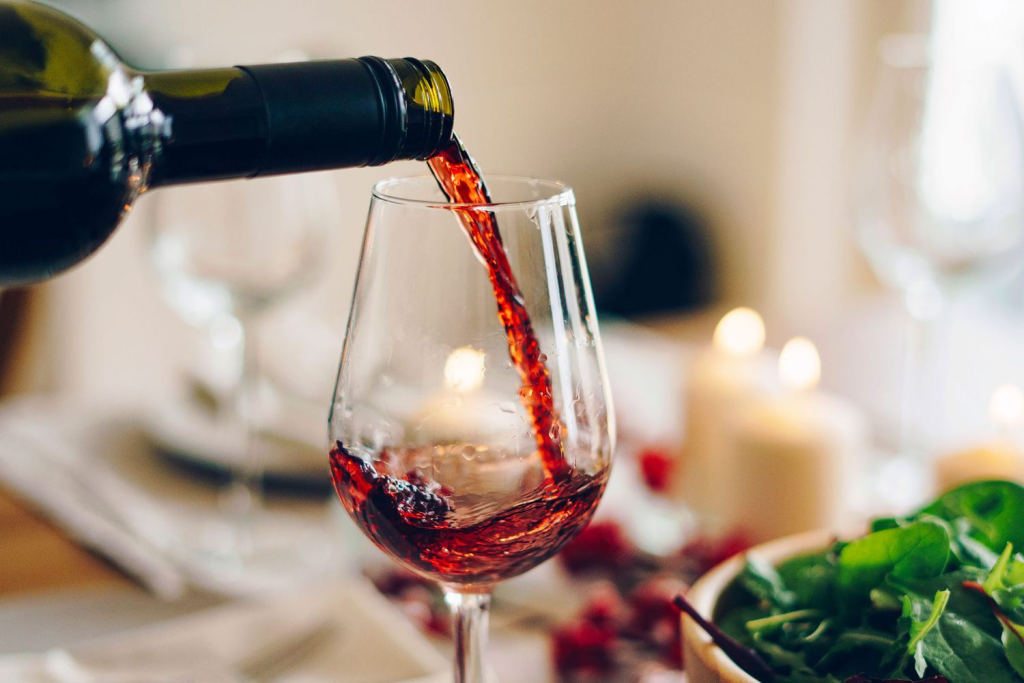
Secondly, not only is grape variety important but also factors like vineyard location, soil composition, climate conditions, and vine age all affect grape quality. These variables collectively create what is known as “terroir,”which imparts unique characteristics to each vineyard’s grapes. Winemakers meticulously study these factors to identify optimal growing conditions for their chosen grape varieties. This attention to detail ensures that only the finest grapes are selected for production.
When it comes to crafting exceptional wines by hand, selecting the right grapes is paramount. The careful consideration of grape variety coupled with an understanding of terroir allows winemakers to create masterpieces that are a true reflection of their passion and expertise. So next time you raise your glass for a toast at a wine-tasting event or enjoy a bottle from an artisanal winemaker, remember that behind every sip lies the artistry involved in selecting just the right grapes for your enjoyment.
The Art of Aging in Oak Barrels
Aging wine in oak barrels is a centuries-old practice that imparts depth and complexity to the final product. When wine is aged in oak barrels, it undergoes a transformation as it interacts with the wood. The porous nature of the oak allows for a slow and controlled exchange of oxygen, which helps to soften the harsh tannins and integrate flavors. The wood also adds its own unique characteristics to the wine, such as vanilla, spice, and toast notes. This process takes time, typically several months or even years depending on the style of wine being produced.
Oak barrels are carefully crafted by skilled artisans who understand the importance of selecting the right type of oak and properly shaping it into a barrel. Different types of oak, such as French or American, can impart different flavors to the wine. Once assembled, these barrels are carefully toasted on the inside to release their aromatic compounds before they are filled with young wine for aging. The choice of barrel size also plays a role in determining how quickly or slowly the aging process occurs.
Overall, aging wine in oak barrels is an art form that requires patience and expertise. It is this attention to detail that sets handcrafted wines apart from mass-produced ones. So next time you enjoy a glass of well-aged wine with its complex layers of flavor and aroma, take a moment to appreciate the craftsmanship that goes into creating such an exquisite beverage. Also check Martha Stewart Wine club.
Mastering the Fermentation Process
The process of fermenting grapes is like a symphony of flavors and aromas, creating a harmonious dance on your palate. It all starts with carefully selected grapes that are hand-picked at the perfect moment of ripeness. These grapes are then gently crushed to release their precious juice, which is left to sit in large fermentation tanks.
During fermentation, yeast is added to the grape juice, kickstarting the transformation process. The yeast consumes the sugars present in the juice and converts them into alcohol, giving birth to wine. As this magical process takes place, bubbles form and carbon dioxide is released into the air. The aroma that fills the room during fermentation is simply intoxicating.
RELATED: Drinking Wine For A Healthy Heart? The Benefit Of Wine Does Not Come From Alcohol But THIS Ingredient
Winemakers closely monitor the temperature and progress of fermentation to ensure optimal results. They know that each grape variety requires different conditions for fermentation, allowing for unique flavors and characteristics to develop. This delicate balance between science and artistry is what sets handcrafted wines apart from mass-produced ones.
Once fermentation is complete, the wine is carefully transferred into barrels or bottles for aging or immediate consumption. But before you take that first sip, take a moment to appreciate the craftsmanship behind every bottle of handcrafted wine. From vineyard to cellar, winemakers pour their heart and soul into mastering the fermentation process, ensuring that each sip transports you on a journey through time and terroir.
So raise your glass high and toast to those who dedicate their lives to perfecting this ancient craft – cheers!
Unveiling the Secrets of Blending
Get ready to embark on a tantalizing journey as we dive into the fascinating world of blending, where the alchemy of flavors and aromas come together to create wines that are greater than the sum of their parts. Blending is an art form that requires skill, intuition, and a deep understanding of each individual grape varietal. By carefully selecting and combining different grapes, winemakers can achieve a harmonious balance of acidity, tannins, fruitiness, and complexity in their wines.
In order to fully appreciate the artistry behind blending, let’s take a closer look at a simple 2 column and 3 row table:
Grape Varietal | Characteristics |
|---|---|
Cabernet Sauvignon | Full-bodied with rich blackcurrant flavor |
Merlot | Soft and velvety texture with red fruit notes |
Syrah | Spicy with dark berry flavors |
When these three grape varieties are blended together in the right proportions, something magical happens. The boldness of Cabernet Sauvignon combines with the smoothness of Merlot and the spiciness of Syrah to create a wine that is both complex and balanced. Each grape brings its own unique characteristics to the blend, resulting in a wine that is greater than what any single varietal could achieve on its own. This is just one example of how blending can elevate wines to new heights and showcase the craftsmanship and creativity of winemakers.
The Influence of Terroir on Wine Flavor
Terroir, with its unique combination of soil, climate, and geography, imparts a distinctive character to the flavors and aromas found in exceptional wines. When it comes to wine production, understanding the influence of terroir is essential in appreciating the craftsmanship behind each bottle. Here are four key ways terroir shapes the flavor profile of wine:
- Soil Composition: The type of soil in which grapes are grown plays a crucial role in their development. Different soils hold varying levels of water and nutrients, which affect how grapes ripen and absorb minerals. For example, limestone-rich soils contribute to wines with high acidity and minerality, while volcanic soils may lend a smoky or earthy note.
- Climate: The climate of a region greatly impacts grape growing conditions. Cooler climates tend to produce wines with higher acidity and more delicate flavors, while warmer climates often result in riper fruit flavors and higher alcohol content. This is why certain grape varieties thrive in specific regions known for their ideal climate conditions.
- Geography: The physical features surrounding vineyards also influence wine flavor. Elevation can affect temperature fluctuations during the day and night, leading to more complex flavors. Proximity to bodies of water can moderate temperatures, creating a microclimate that affects grape maturation.
- Local Flora and Fauna: Biodiversity within vineyard ecosystems can add another layer of complexity to wine flavor profiles. Surrounding vegetation and wildlife can interact with grape vines through pollination or natural pest control methods such as birds feasting on insects harmful to the grapes.
By considering these aspects of terroir when tasting artisanal wines, one gains deeper insight into the intricate relationship between nature’s handiwork and the masterful craftsmanship behind each bottle’s creation.
Conclusion
In conclusion, when it comes to appreciating handcrafted wine production, there are several key factors to consider. Firstly, the importance of grape selection cannot be overstated. The careful and meticulous process of choosing the right grapes can truly make or break a wine’s flavor profile.
Additionally, the art of aging in oak barrels plays a crucial role in developing the unique characteristics of handcrafted wines. The slow infusion of flavors from the wood enhances complexity and depth, creating a more enjoyable tasting experience.
Furthermore, mastering the fermentation process is essential for producing high-quality wines. The controlled conversion of sugar into alcohol requires skill and precision, resulting in a harmonious balance between sweetness and acidity.
Moreover, unveiling the secrets of blending is another aspect that sets handcrafted wines apart. Skillful winemakers carefully combine different grape varieties to create a well-balanced and nuanced final product.
Lastly, the influence of terroir on wine flavor cannot be ignored. The specific climate, soil composition, and geographical location all contribute to the unique characteristics found in handcrafted wines.
In conclusion, appreciating handcrafted wine production involves understanding and valuing these various elements: grape selection, aging in oak barrels, fermentation mastery, blending techniques,and terroir influence. By recognizing each step involved in this artisanal craftsmanship process,it becomes easier to appreciate and enjoy the artistry behind every bottle of handcrafted wine you taste. So next time you pour yourself a glass of your favorite handcrafted wine,take a moment to savor not just its flavors but also the dedication and passion that went into its creation.
DON'T MISS | 5 Reasons Why Wine Makes Your Period Heavier
